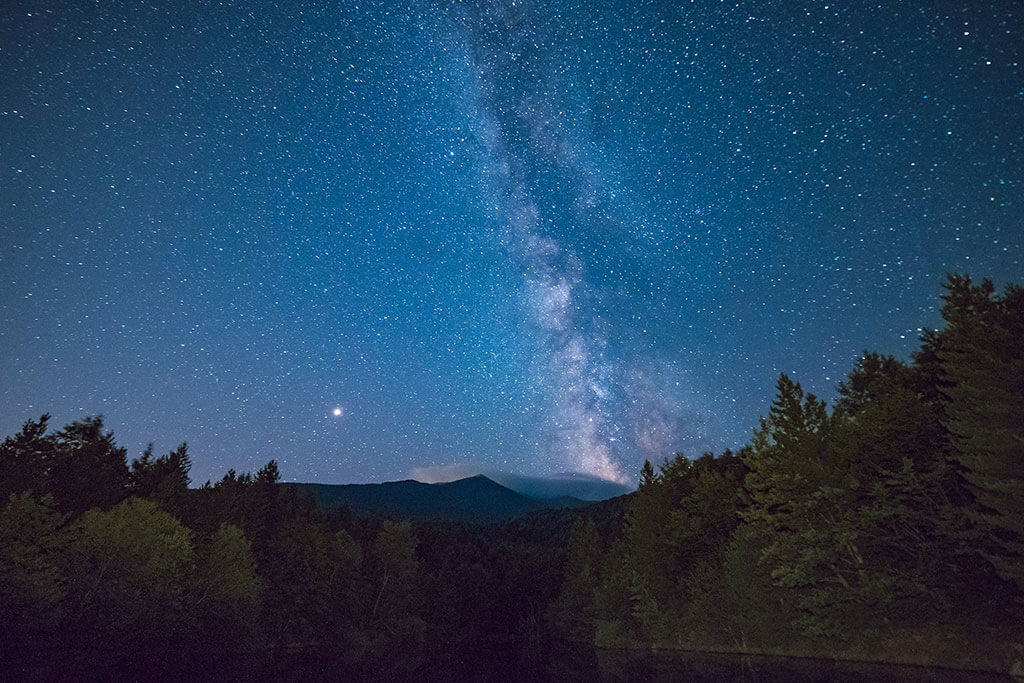The Sky This Month for June 3 to July 8 , 2015
On Wednesday, June 3, 2015, Chris Vaughan presented The Sky This Month covering the period from June 3 to July 8, 2015. The attached PDF document contains detailed notes and additional information. There's lots to see!

